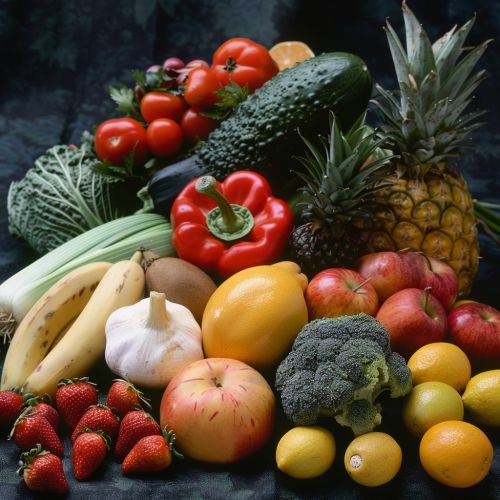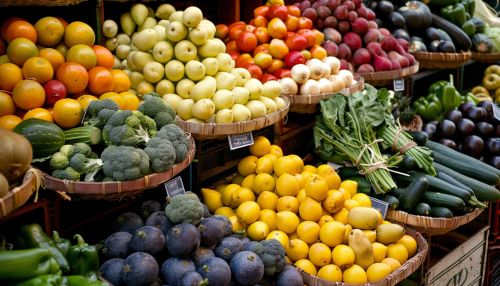Food security
Overview
Food security is a measure of the availability of food and individuals' ability to access it. According to the United Nations' Committee on World Food Security, food security is defined as the condition in which all people, at all times, have physical, social, and economic access to sufficient, safe, and nutritious food that meets their dietary needs and food preferences for an active and healthy life.
History
The concept of food security originated in the mid-1970s at the World Food Conference in response to global food crises. The idea was initially limited to ensuring adequate global food supplies, but over time, the concept has evolved to encompass a range of issues related to the accessibility, availability, and use of food.
Dimensions of Food Security
Food security is a complex, multi-dimensional phenomenon, typically broken down into four main components: availability, access, utilization, and stability.
Availability
Food availability refers to the sufficient quantities of food available on a consistent basis. It considers stock and production in a given area and the existence of trade, including import capacity.
Access
Food access signifies the resources that households and individuals have to obtain appropriate foods for a nutritious diet. Access depends on income available to the household, the distribution of income within the household, and the price of food.
Utilization
Utilization is commonly understood as the way the body makes the most of various nutrients in the food. Sufficient energy and nutrient intake by individuals is the result of good care and feeding practices, food preparation, and diversity of the diet and intra-household distribution of food.
Stability
Stability of the other three dimensions over time refers to the risk of individuals or groups becoming food insecure and the ability to mitigate this risk and cope with the situation.
Factors Affecting Food Security
Numerous factors can affect food security, including climate change, population growth, and political instability. In addition, changes in land use, water use, and farming practices can impact the availability and quality of food.
Food Security and Climate Change
Climate change is a significant threat to food security. Changes in temperature and precipitation patterns can affect crop yields, alter the distribution of fish species, and increase the frequency and intensity of extreme weather events, disrupting food production and distribution.
Food Security and Population Growth
Rapid population growth can strain resources, leading to increased competition for food, water, and land. As the world's population continues to grow, improving food security by increasing agricultural productivity and sustainable farming practices becomes increasingly important.
Food Security and Political Instability
Political instability can disrupt food production and distribution, leading to food insecurity. In conflict zones, agriculture can be disrupted, and access to food and water can be limited. Political instability can also lead to displacement of people, leading to more immediate food insecurity.
Strategies for Enhancing Food Security
Strategies for enhancing food security include improving agricultural productivity, promoting sustainable farming practices, developing and implementing effective food policies, and ensuring equitable access to food.
Food Security and Sustainable Agriculture
Sustainable agriculture is a way to enhance food security. It involves farming systems that are capable of maintaining their productivity and usefulness to society indefinitely. Sustainable agriculture systems are stable, resilient, and can conserve soil and water resources.
Food Security and Food Policies
Effective food policies can help enhance food security. These policies can range from agricultural policies, trade policies, to social protection policies. They can ensure that food is available, accessible, and utilized properly.
Food Security and Equitable Access
Ensuring equitable access to food is crucial for food security. This involves addressing social inequalities and ensuring that vulnerable groups have access to nutritious food.
See Also


